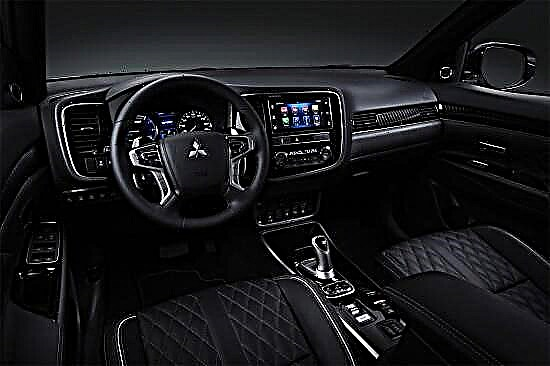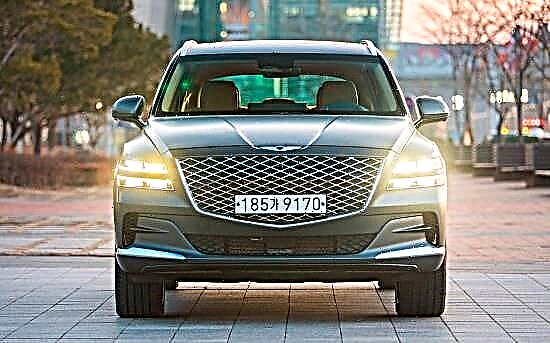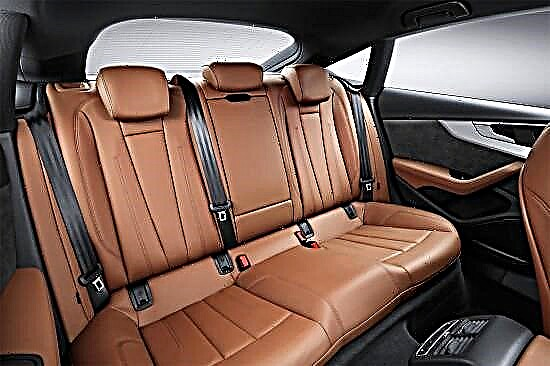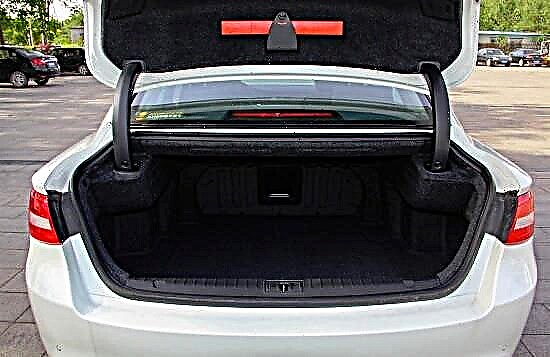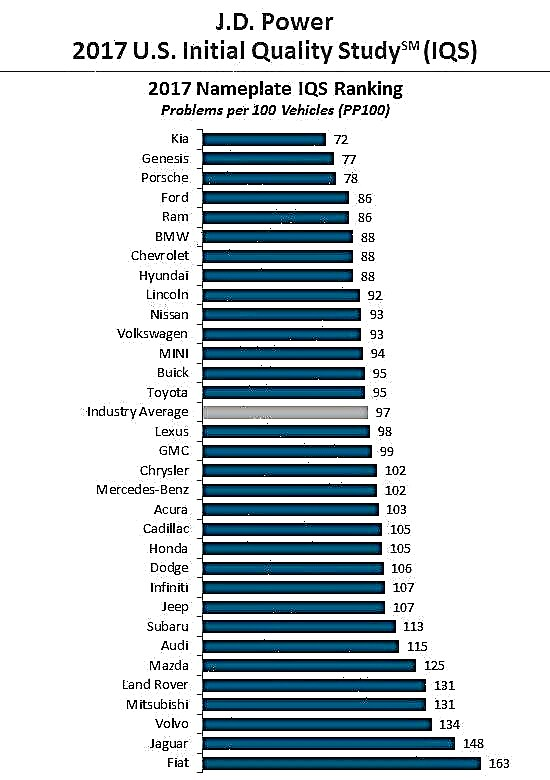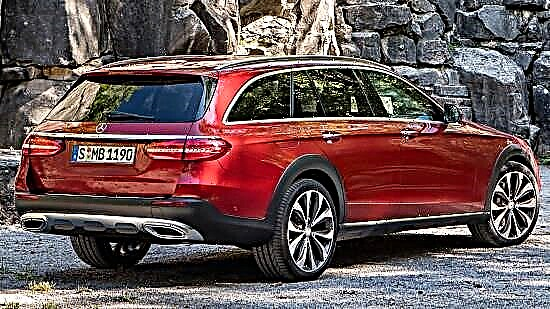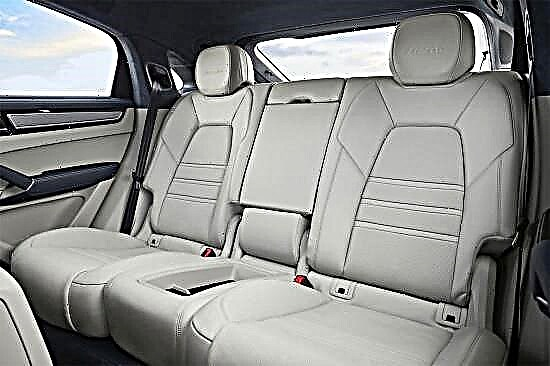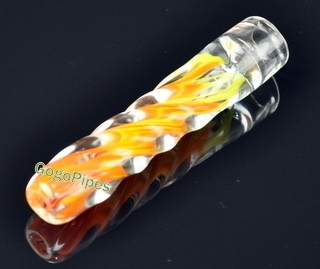Ratings of cars and auto products
Reviews, comparisons & tips for motorists
Glass in a car has a number of important functions. They protect the driver and passengers from precipitation, dirt, mechanical stress, wind and, if tinted, from unwanted glances and the sun. In addition, they may have additional functions - heating, rain and light sensors, and more.
Car windshield installation
The glass in the car has strict requirements. They must be safe, strong, durable and provide a view without distortion or glare. At the same time, poorly installed, of the wrong type, or simply poor quality can make movement not only uncomfortable, but also dangerous.
Due to the fact that glasses play an important role in a car, the process of choosing them must be approached with the utmost responsibility. There are several technologies for making glass for cars - each one is better suited for its purpose. The task of the car owner is to choose the best examples for his car.
Types of auto glass
There are many offers on the market - elements made using different technologies for different purposes. In order to choose the best option as a windshield, side or rear view glass, you need to know the features and advantages of each type.
Single-layer glass - "stalinite"
One of the most common types of car glass. In the production of this technology, a homogeneous workpiece from one layer is used, which is subjected to heat treatment (gradually heating up and sharply cooling), which ensures the hardening of the "stalinite". When this sheet is destroyed - whether due to a temperature drop or mechanical stress - they do not break into fragments, but turn into granules with non-sharp edges. This type of sheet is one of the most durable on the market.
Most often, "stalinite" is used for installation in door windows and in the rear side of the body. In rare cases, single-layer glass is placed as frontal or rear. The disadvantage of "stalinite" is that the sheets, which have a convex shape, poorly withstand mechanical stress due to their fragility.
Double-layer glass - "duplex"
Duplex is made of two parts - a sheet of glass and a layer of transparent plastic. Thanks to engineering plastic, the structure gains additional strength, while also retaining fragments in the event of breaking. In our time, two-layer elements are almost never used in the automotive industry - they have given way to "triplex". Now "duplex" is used for domestic and industrial purposes.
Three-layer glass - "triplex"
This type is made from three parts: two sheets are glued together using a transparent film made of polyvinyl butyral. When the triplex is destroyed, the film retains the debris on both sides, protecting passengers and the driver. In addition, the damaged three-layer sheet provides sufficient visibility in the broken state, allowing you to safely reach the service center. These elements are installed as a frontal, as well as a rear view - on expensive cars. Triplex has good durability.
Triplex foil retains debris on both sides
Multilayer glass
Elements made on the principle of "triplex", but with a large number of layers, are quite rare. They are expensive and difficult to manufacture, but have excellent strength and are able to protect against mechanical damage of varying degrees (depending on the number of layers), temperature changes outside the car, vibration and noise. They are used on light armored vehicles, including luxury vehicles.
Additional properties of auto glass
Windshield with light filter
Modern glasses, regardless of their type, may have additional functions and properties:
- Colorless. They have no tint, which improves visibility, making it look more familiar.
- Tinted. Common options are factory 5% tinted blue, green or bronze. There is also gradient toning.
- With sun protection filter. It appears as a dark stripe at the top. Most often, this technology is used on windshields and side windows.
- Athermal. They are made according to the principle that allows to protect the interior from the effects of temperature outside the car. Allow to avoid overheating or hypothermia of the passenger compartment.
- Soundproof. By analogy with athermal ones, they protect the car interior from external sound, including engine operation and wheel travel.
- Heated wipers or fully heated. The first type heats the area in which the wipers are turned off, preventing them from freezing in winter. Full heating provides ice protection around the perimeter or area of the glass.
- With rain or light sensor. The installed sensors transmit information about precipitation and illumination to the automatic system of wipers and car optics.
- With built-in antennas. This allows you to improve the communication of radio, navigation and other functionality.
- UV and infrared protected. The first type protects the driver's eyes from the sun's radiation, and the second protects the interior from overheating under the summer rays.
Heated rear window
Outcome
The most popular types of sheets are "stalin" (used as side) and "triplex" (windshield and rear-view windows). These technologies have proven to be the most practical and reliable.

